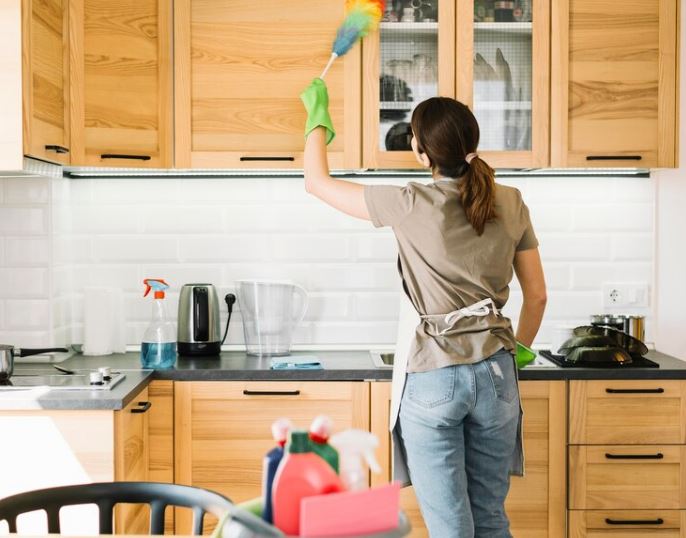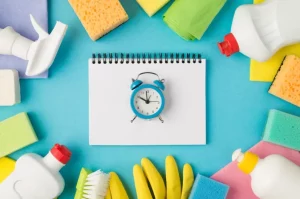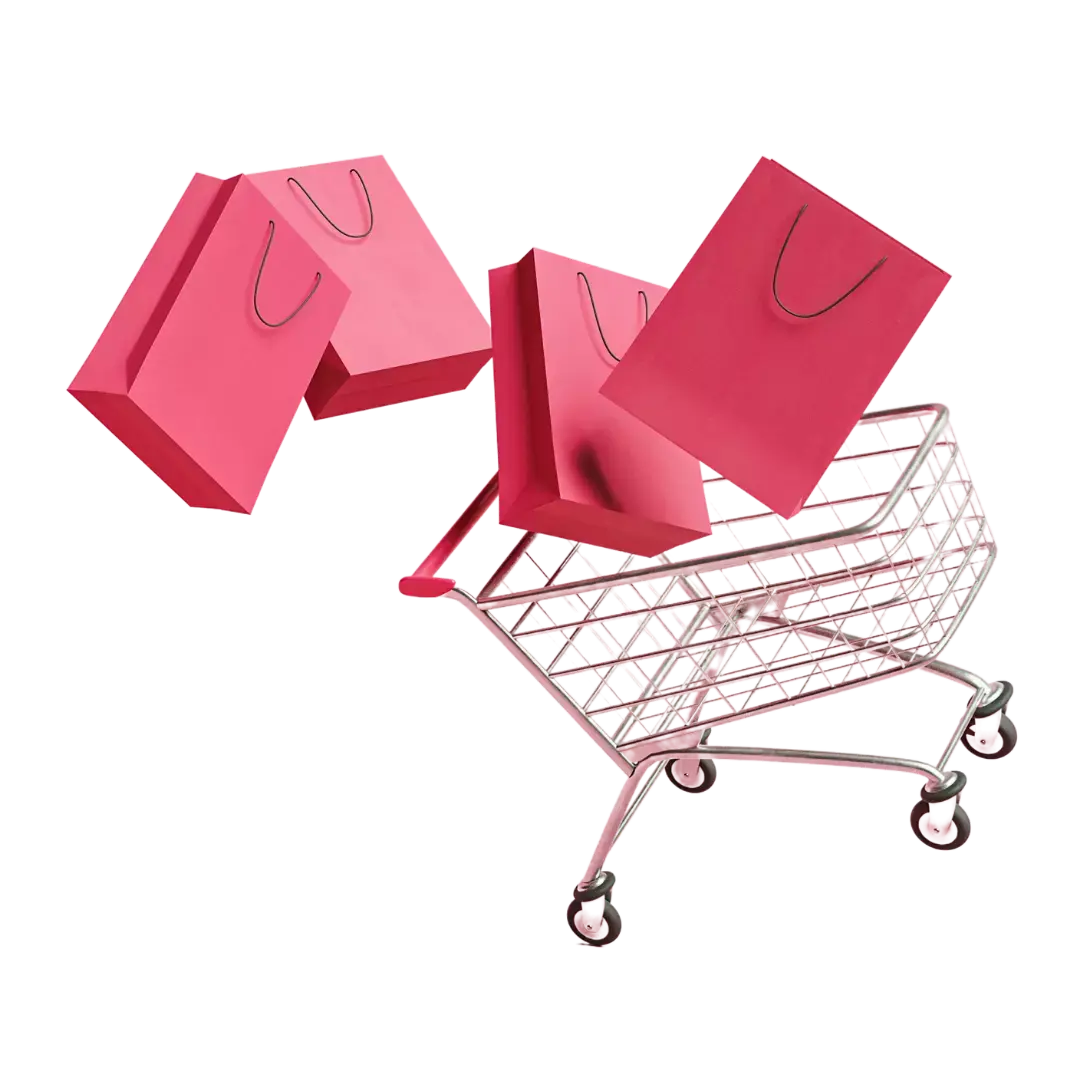Maintaining a clean and healthy home involves more than just a general tidying up. Specific areas, such as bathrooms and kitchens, require targeted cleaning techniques to ensure a thorough and efficient process. In this detailed guide, we will explore the best practices for deep cleaning in these high-traffic spaces, providing you with practical tips to achieve a pristine living environment.
1. Bathroom Cleaning Techniques
Tackling Grime and Mold in Tile Grout
In the battle against grime and mold in tile grout, homeowners often find themselves faced with persistent challenges. Over time, the porous nature of grout can become a breeding ground for dirt, stains, and mold, detracting from the overall aesthetic of tiled surfaces. Tackling this issue requires a strategic approach, involving a combination of effective cleaning agents, specialized grout brushes, and consistent maintenance practices. Regular cleaning helps prevent the build-up of grime, while targeted efforts with mold-resistant products can curb the growth of mold in the grout lines. By adopting a proactive stance and employing the right tools, homeowners can restore the cleanliness and freshness of their tile grout, revitalizing the appearance of their tiled spaces.
Sanitizing High-Touch Surfaces
Sanitizing high-touch surfaces is paramount for maintaining a hygienic living environment, with the bathroom standing out as a prominent high-touch area. Given its frequent use and the diverse range of surfaces, including faucets, doorknobs, and switches, the bathroom poses an increased risk for the spread of germs and bacteria. Regular sanitization practices involving disinfectants tailored for specific surfaces can effectively combat the accumulation of harmful microorganisms. From toilet flush handles to sink faucets, diligent attention to these high-contact points contributes significantly to reducing the potential for the transmission of illnesses. Implementing a routine that prioritizes the thorough sanitization of these surfaces not only promotes a healthier living space but also plays a crucial role in overall hygiene maintenance.
2. Kitchen Cleaning Tips
Degreasing Kitchen Cabinets and Appliances
Degreasing kitchen cabinets and appliances is an essential task in maintaining a clean and safe kitchen environment. Given the nature of cooking activities, the kitchen is susceptible to the gradual build-up of grease on various surfaces, including cabinets and appliances. This accumulation not only compromises the aesthetic appeal of the kitchen but also presents potential safety hazards. Grease can become a fire hazard if left unaddressed, making regular degreasing a crucial preventive measure. Utilizing effective degreasing agents and methods tailored to different surfaces, such as stainless steel appliances or wooden cabinets, is key to breaking down and removing stubborn grease deposits. By incorporating degreasing into routine kitchen maintenance, homeowners can enhance both the visual appeal of their kitchen spaces and ensure a safer cooking environment.
Deep Cleaning the Refrigerator
Maintaining a clean and organized refrigerator is essential for preserving food freshness and preventing unpleasant odors. This comprehensive guide provides step-by-step instructions for a thorough deep cleaning of your refrigerator. Learn how to efficiently remove expired items, tackle spills, and keep your fridge consistently fresh.
1. Empty and Declutter:
Start by removing all items from your refrigerator. Check expiration dates and discard any expired or spoiled food. Take this opportunity to declutter and organize items.
2. Remove Shelves and Drawers:
Take out shelves, drawers, and any removable parts. Wash them in warm, soapy water. Allow them to air dry before placing them back in the refrigerator.
3. Clean Interior Surfaces:
Wipe down the interior surfaces of the refrigerator with a mixture of water and mild dish soap. Pay extra attention to spills, stains, and areas with visible grime. For stubborn spots, use a soft brush or toothbrush.
4. Address Lingering Odors:
If there are lingering odors, place an open box of baking soda on one of the shelves. Baking soda helps neutralize odors and keeps the refrigerator smelling fresh.
5. Clean the Door Seals:
Wipe the door seals with a damp cloth to remove any collected dirt or spills. Ensure that the seals are clean and free of debris to maintain a proper seal when the door is closed.
6. Check and Clean the Drip Pan:
If your refrigerator has a drip pan, locate it and clean it according to the manufacturer’s instructions. The drip pan collects water from the defrost cycle, and cleaning it prevents unpleasant odors.
7. Vacuum Condenser Coils:
For refrigerators with exposed condenser coils, use a vacuum cleaner with a brush attachment to remove dust and debris. Clean coils improve the efficiency of the refrigerator.
8. Inspect and Replace Water Filters:
If your refrigerator has a water and ice dispenser with a filter, check the manufacturer’s recommendations for replacement. Replace the filter if necessary to ensure clean and fresh-tasting water.
9. Restock Thoughtfully:
Once everything is clean and dry, restock your refrigerator thoughtfully. Consider organizing items by category and using clear containers to keep track of food easily.
By following these step-by-step instructions, you’ll not only achieve a sparkling clean refrigerator but also create an environment that promotes food safety and extends the life of your appliance. Regular deep cleaning ensures that your refrigerator remains a reliable and sanitary space for storing your groceries.
3. Bedroom and Living Areas
Mattress Stain Removal and Odor Control
Mattress stain removal and odor control are integral aspects of ensuring a comfortable and hygienic sleeping environment. Mattresses play a pivotal role in facilitating a good night’s sleep, and their proper maintenance is equally crucial. Over time, mattresses may be subject to stains from spills, bodily fluids, or other accidents, leading to potential odors and hygiene concerns. Implementing effective stain removal techniques, such as using appropriate cleaning agents or natural remedies, helps preserve the integrity of the mattress and enhances its lifespan. Furthermore, addressing odors is essential for creating a fresh and inviting sleeping space. Utilizing deodorizing methods, such as baking soda or specialized mattress sprays, can neutralize unpleasant smells and contribute to a more pleasant sleep environment. Regular attention to stain removal and odor control not only ensures the longevity of the mattress but also promotes a clean and hygienic atmosphere conducive to restful nights.
Effective Dusting and Allergen Reduction
Effective dusting and allergen reduction are critical components in maintaining a healthy living environment, particularly in bedrooms and common living areas. The gradual accumulation of dust on surfaces can contribute to a range of allergies and negatively impact overall air quality. Regular and thorough dusting using appropriate tools, such as microfiber cloths or electrostatic dusters, helps mitigate the presence of dust mites and allergens. Additionally, incorporating air purifiers with HEPA filters can further aid in reducing airborne particles, enhancing the overall air quality in indoor spaces. Targeting commonly overlooked areas, such as vents, blinds, and upholstery, during the dusting process is essential for comprehensive allergen control. By adopting a proactive approach to dusting and allergen reduction, individuals can create a healthier living space, minimizing the risk of respiratory issues and improving the overall well-being of occupants.
4. General Cleaning Best Practices
Creating Homemade Cleaning Solutions
Creating homemade cleaning solutions provides a cost-effective and environmentally friendly alternative to commercial cleaners. Many common household ingredients, such as vinegar, baking soda, lemon, and essential oils, can be combined to make effective cleaning solutions for various surfaces. These DIY cleaners not only help in maintaining a clean and sanitized living space but also reduce exposure to harsh chemicals found in some commercial products. Additionally, homemade solutions allow individuals to customize the scents and concentrations according to their preferences. By embracing homemade cleaning solutions, individuals contribute to sustainability efforts while ensuring a healthy and eco-conscious approach to household cleanliness.
Establishing a Cleaning Schedule
Establishing a cleaning schedule is a fundamental step in maintaining an organized and hygienic living space. By creating a structured plan for cleaning tasks, individuals can effectively manage their time and ensure that all areas of the home receive the attention they need. A cleaning schedule helps prevent the accumulation of dirt, dust, and clutter, promoting a healthier and more pleasant living environment. It allows individuals to break down cleaning tasks into manageable segments, making the process less overwhelming. Furthermore, a consistent cleaning schedule ensures that routine maintenance is not overlooked, leading to the long-term preservation of the home’s cleanliness and overall well-being. Whether it’s a daily, weekly, or monthly schedule, having a set routine contributes to a more organized and stress-free living space.
Conclusion: A Clean and Healthy Home
From specialized bathroom cleaning techniques to kitchen-specific tips and general best practices, this comprehensive guide equips you with the knowledge to achieve a clean and healthy home. Incorporate these tips into your cleaning routine to ensure a pristine living environment for you and your family.
Transform your home with specialized cleaning techniques, kitchen-specific tips, and general best practices to create a clean and healthy living space for you and your loved ones.





